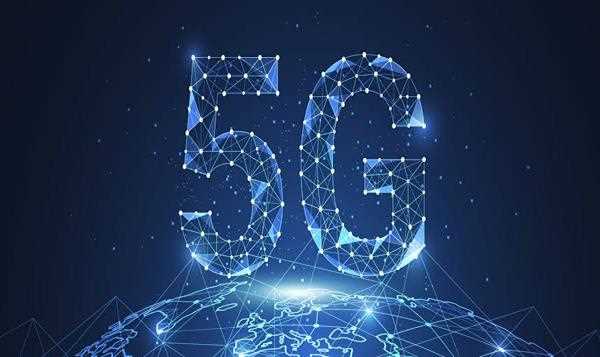The transition from 4G to 5G networks represents a significant leap in terms of mobile network capabilities and performance. While both are cellular network technologies, they differ in several key aspects, including speed, latency, capacity, and the types of applications they support. Below, we will explore the main differences between 4G and 5G networks.

1. Speed: One of the most prominent advantages of 5G over 4G is its faster download and upload speeds. While 4G networks typically offer download speeds of up to 100 Mbps, 5G can achieve speeds ranging from 1-10 Gbps. This remarkable increase in speed allows for near-instantaneous file downloads, seamless streaming of high-resolution content, and faster access to cloud services.
2. Latency: Latency refers to the time it takes for data to travel between devices over a network. 4G networks typically have latency in the range of 30-50 milliseconds, while 5G networks significantly reduce latency to 1-10 milliseconds. This reduction in latency is critical for applications that require real-time communication and responsiveness, such as autonomous vehicles, remote surgery, and augmented reality/virtual reality (AR/VR) experiences.
3. Capacity: 5G networks have significantly higher capacity compared to 4G networks. This increased capacity is achieved through the use of higher-frequency bands and advanced antenna technologies. 5G can support a larger number of connected devices per unit area, enabling the Internet of Things (IoT) to thrive with a vast ecosystem of interconnected devices and sensors. This capability is vital for smart cities, smart homes, and industrial applications.
4. Network Density: 5G networks are designed to handle high network densities in areas with a large concentration of devices, such as stadiums, shopping malls, and urban centers. 4G networks often struggle with congestion and decreased speeds in such environments. With 5G, the network can efficiently handle a massive number of simultaneous connections, providing consistent performance even in densely populated areas.
5. Spectrum: 4G networks primarily utilize lower-frequency spectrum bands, while 5G networks leverage a broader range of frequencies, including higher-frequency bands. These higher-frequency bands offer more significant bandwidth and faster speeds but have shorter range limitations. To address this, 5G networks employ advanced beamforming and massive MIMO (Multiple Input Multiple Output) technologies to enhance signal coverage and overcome obstacles.
6. Use Cases and Applications: 5G opens up possibilities for new and innovative use cases that were previously unfeasible with 4G. Beyond faster mobile browsing and video streaming, 5G enables transformative applications such as autonomous vehicles, remote robotic surgeries, smart cities, industrial automation, immersive AR/VR experiences, and ultra-reliable low-latency communications (URLLC) for critical applications like emergency services.
In conclusion, 5G networks provide significantly faster speeds, lower latency, higher capacity, and improved network density compared to 4G networks. These advancements enable a wide range of innovative applications and pave the way for the future of connectivity. While 4G networks continue to serve as a reliable foundation for mobile communications, 5G networks bring forth a new era of connectivity that will revolutionize industries, enhance user experiences, and drive the next wave of technological innovation.